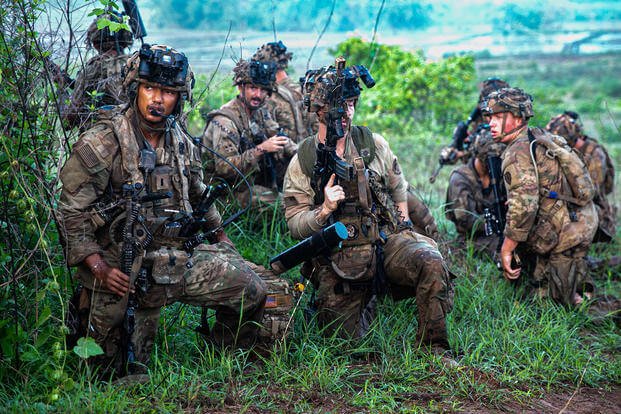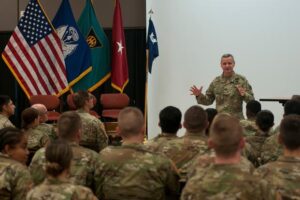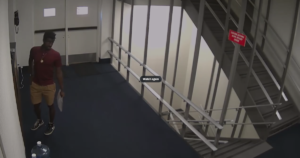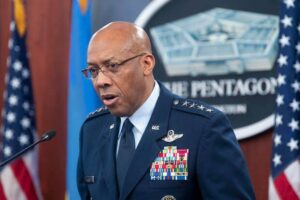The U.S. Army is initiating a strategic realignment by inviting 300 lieutenants to transition from densely populated combat arms branches to roles experiencing personnel shortages. This opportunity is available to those in the armor, infantry, combat engineer, and field artillery branches, with applications open from January 7 to February 17.
In an effort to address personnel gaps, the Army is targeting positions in the adjutant general, air defense, finance, logistics, and signal corps. Further opportunities are available in fields such as space operations, public affairs, simulation operations, and information technology.
According to Maj. Jesse Lansford from the Army Human Resources Command, this initiative serves as a retention strategy for lieutenants seeking new opportunities without facing mandatory reassignments. “This is a retention tool for those who want to stay and serve rather than to separate and seek opportunities elsewhere,” Maj. Lansford explained in an official statement.
This development follows a report by Military.com in September, detailing the Army’s plan to significantly reduce funding for the Reserve Officers’ Training Corps (ROTC) scholarships. The proposed cut from an annual $315 million to $100 million by the decade’s end could result in a decrease of commissioned officers by 2,500 to 4,000.
The ROTC funding reduction will not impact current cadets but is expected to decrease future class sizes. Historically, ROTC has been a major source of Army officers, accounting for about 75% of new commissions.
Adjusting troop numbers is a common practice for service planners, though projections can be challenging. The Army has recently over-allocated resources to combat arms positions while neglecting support roles, leading to career stagnation for some lieutenants in these fields.
Budget constraints are exacerbated by rising college costs, making ROTC scholarships a more significant financial burden. Meanwhile, the Army is undergoing a strategic transformation, shifting focus from counterterrorism to large-scale combat operations, as emphasized by Army Secretary Christine Wormuth. “We want to be postured for large-scale combat operations,” Wormuth stated, highlighting a shift away from structures tied to counterinsurgency.
While traditional ground forces remain crucial, the Army is reorienting to address emerging threats, particularly in the Pacific where China’s influence is expanding. Roles in air defense, previously underemphasized, are gaining importance due to new threats like low-cost drones and missiles, which have been used against U.S. forces, notably by Iran.
Despite its critical role, the air defense branch remains understaffed. It plays a vital part in the Army’s deployments across Africa, Europe, and more recently, in Israel, where the Terminal High Altitude Area Defense (THAAD) system has been deployed to counteract Iranian missile threats.










